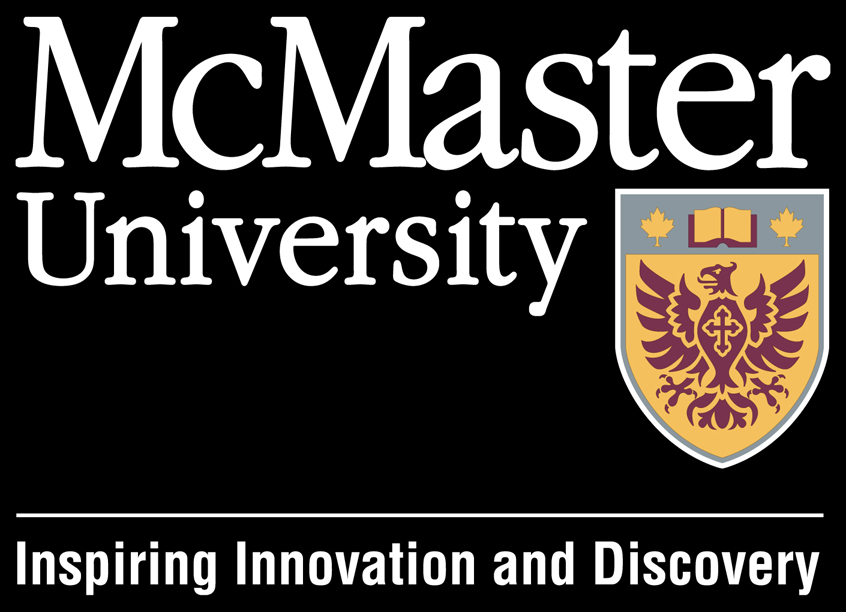

A study from McMaster University in Ontario, Canada, has found that using a motorised stationary bicycle affixed to the intensive care unit bed, patients are able to turn the pedals.
Unconscious patients on life support in the intensive care unit can still pedal a bike, McMaster researchers have found.
"Even patients who are sedated are able to do some amount of low-level activity," said rehabilitation specialist Michelle Kho.
It’s significant because muscle size is reduced by 18 per cent after 10 days in the ICU.
Currently, one in four critically ill patients who survive have severe weakness that impairs their quality of life for up to five years after leaving the hospital, and more than half never return to work.
"In the ICU, we’ve gotten a lot better at saving people’s lives; however, we’re also learning that people have more disability," said Kho, a physiotherapist. "Patients who were previously healthy can still have disability five years after the ICU."
Kho is one of seven McMaster University scientists sharing $6.2 million in funding for Canada Research Chairs given out Friday by Greg Rickford, federal minister of state, science and technology.
The $500,000 going to Kho will help fund her research program called Critical Care Cycling to Improve Lower Extremity Strength (CYCLE) for the next 10 years. It’s the only one of its kind in Canada.
"Right now the culture in the ICU — that is starting to change — is that patients are typically on bed rest," she said. "Oftentimes, people think patients in the ICU are too sick to do activity.
However, with careful selection we can work with patients on life support … and we can help support their muscles while the rest of their body heals."
She’s starting with a pilot study of 33 ICU patients needing breathing machines at St. Joseph’s Healthcare right from the first week of critical care. They will do in-bed cycling for 30 minutes at a time on a motorized stationary bicycle affixed to the ICU bed that allows patients to pedal. Their feet are carefully positioned on the bike which turns their legs a set number of times.
"If we know that the patient is cycling above the set rate for more than five seconds, then we have confidence it is the patient doing the activity," said Kho, explaining how they know the patients are pedalling the bike themselves.
"What we find is that, consistently, some patients who are even deeply sedated are able to do little bits of active cycling."
The current study will determine if it’s safe and feasible to expand the research to the medical and surgical ICUs at Hamilton General and Juravinski Hospital. It will also help answer how much exercise the patients should get.
"It’s the patients who inspire me," says Kho, "and the idea that my research program can provide them and their loved ones with hope that they can lead healthy, productive lives after they’ve been discharged from the ICU."
Other research that will share in the funding includes studies on the diseases associated with obesity, such as diabetes and cancer. Eva Szabo will try to understand the role of fat cells and why obesity sometimes leads to other health conditions.
It will also allow Shiping Zhu to continue his renowned work on the development of innovative polymer products, which could result in significant energy cost savings for industry, environmental protection and safer drugs.
In addition, the money renews the research chairs of four established Hamilton researchers: Dr. Mick Bhatia and Jonathan Draper in the Stem Cell and Cancer Research Institute; Gregory Steinberg, who studies obesity, and Mark Larché, who develops allergy vaccines for tree pollens and mould and will next turn his attention to severe peanut allergies.
Bhatia is one of Hamilton’s best known scientists internationally. His research has already led to the discovery of 26 new possible drugs to treat cancer.
The research institute he leads has created blood from skin, which could turn patients with cancer and other conditions into their own ideal donors.
Most recently, a team led by Bhatia found that human blood stem cells in the ends of bones display the highest ability to regenerate the blood and immune system, which could improve the effectiveness of bone marrow transplants.


